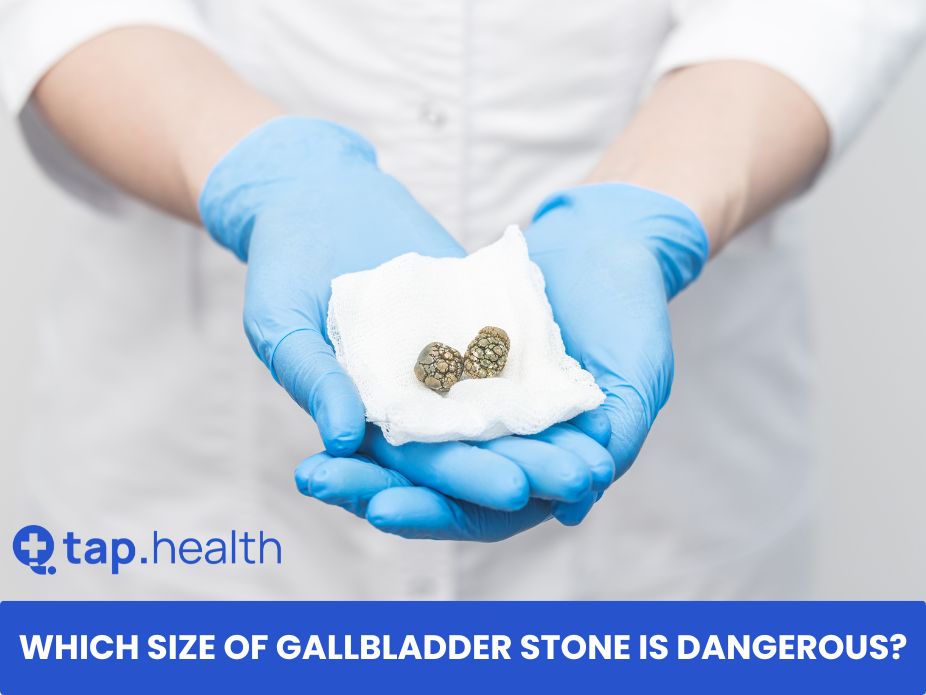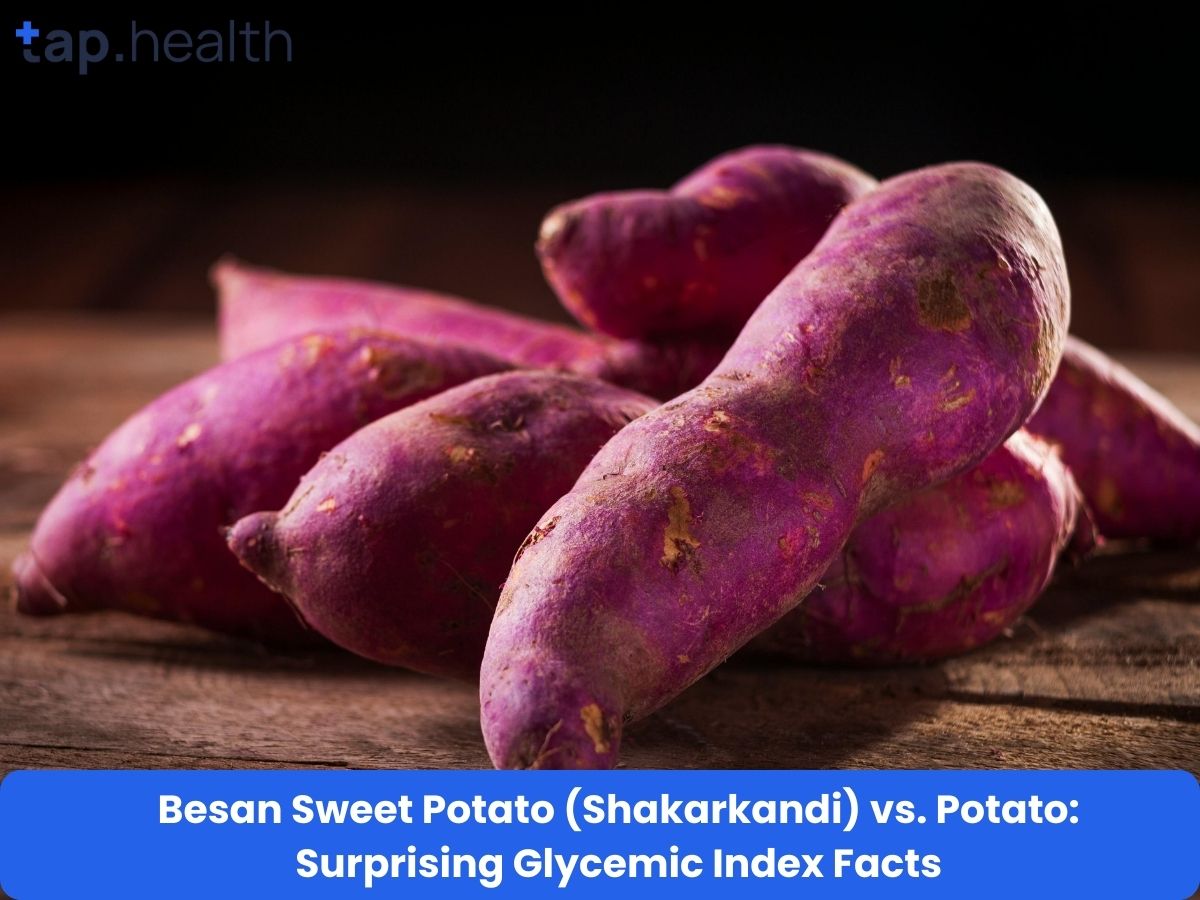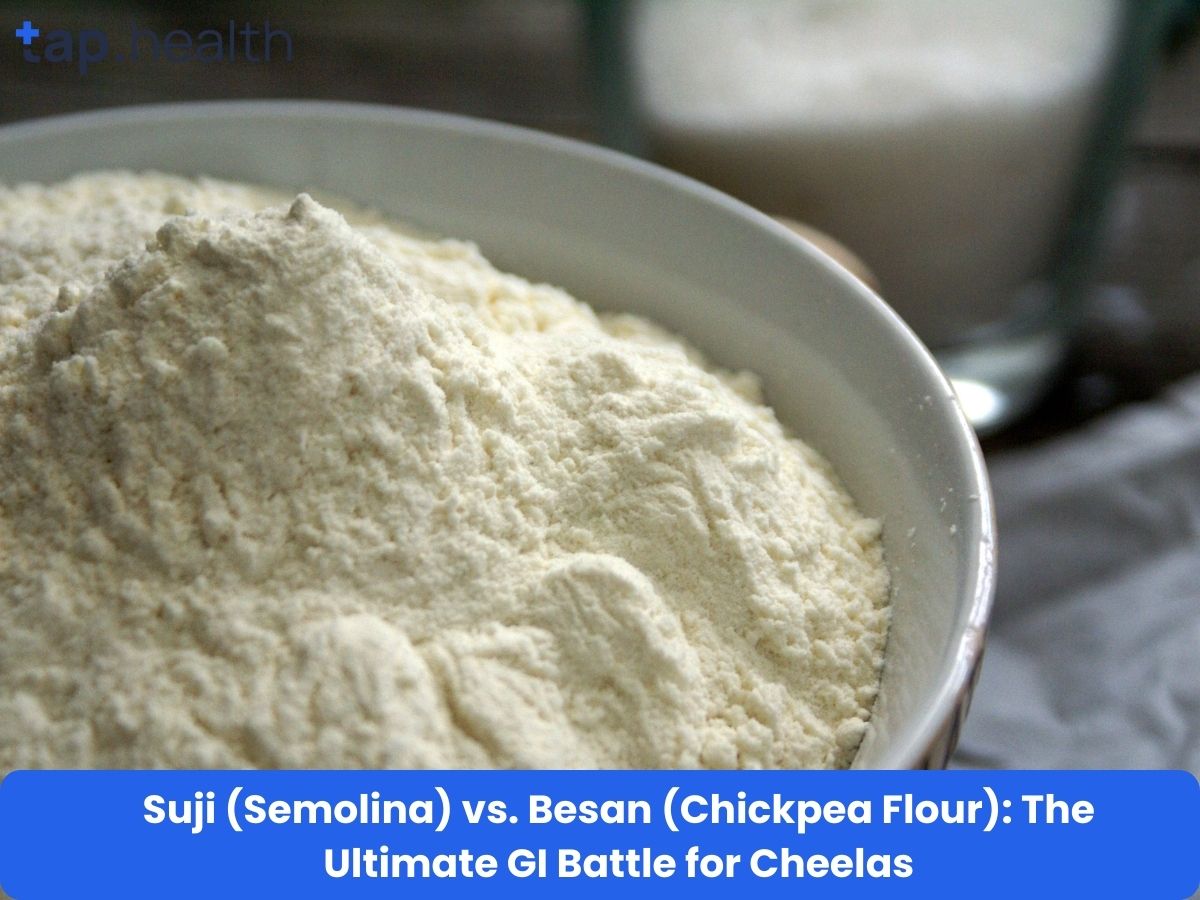Gallstones are solid particles that form in the gallbladder, a small organ beneath the liver that stores bile. These stones can vary in size, and while some may go unnoticed, others can cause significant health issues. “Which size of gallbladder stone is dangerous?” is a common question asked by many people diagnosed with gallstones. While small stones may not cause immediate harm, larger stones or certain configurations can lead to serious complications.
In this comprehensive guide, we will explore how the size of gallstones affects their risk, symptoms to watch out for, and how to manage and treat gallstones safely. Understanding the risks associated with different sizes of gallstones will help you make informed decisions about your health and well-being.
What Are Gallstones?
Gallstones are hardened deposits that form in the gallbladder, a small organ located just below the liver. The gallbladder’s primary function is to store bile, a digestive fluid produced by the liver to help break down fats. When the composition of bile changes, cholesterol or bilirubin (a waste product of red blood cells) can crystallize and form stones.
Types of Gallstones:
- Cholesterol Gallstones: These are the most common type of gallstones, made primarily of hardened cholesterol.
- Pigment Gallstones: These stones are smaller and darker, formed when there is too much bilirubin in the bile.
How Gallstones Form:
- Imbalance in Bile: Gallstones form when there is an imbalance in the substances that make up bile. For instance, if there’s too much cholesterol, it can crystallize and form stones.
- Slow Gallbladder Emptying: If the gallbladder doesn’t empty properly, bile can become concentrated, leading to the formation of stones.
How Does the Size of Gallstones Affect Their Risk?
The size of gallstones plays an important role in the risk they pose to your health. Smaller stones may not cause symptoms or discomfort, but larger stones or a cluster of stones can obstruct bile flow and lead to more severe complications.
1. Small Gallstones (1-4 mm)
Small gallstones, typically under 1 cm (10 mm), are often asymptomatic and may not cause any noticeable symptoms. Many people with small gallstones don’t even realize they have them. These small stones can move more easily within the gallbladder and may pass through the bile ducts without causing a blockage.
Potential Risks:
- Asymptomatic: Most small stones don’t cause pain or other symptoms. However, if they block a bile duct, they can cause sudden pain (biliary colic) or other issues.
- Can Grow Larger: Small gallstones can grow over time, leading to more serious problems if left untreated.
2. Medium-Sized Gallstones (4-8 mm)
Gallstones in the range of 4-8 mm are larger and more likely to cause symptoms. These stones are still relatively small, but they can cause obstruction in the bile ducts, leading to pain and discomfort.
Potential Risks:
- Pain and Discomfort: Medium-sized stones are more likely to cause biliary colic, a sharp pain in the upper abdomen that occurs when a stone blocks a bile duct.
- Increased Risk of Gallbladder Inflammation: Medium-sized stones can lead to inflammation of the gallbladder (cholecystitis), which causes swelling, pain, and infection.
- Risk of Blockage: If these stones travel into the bile ducts, they can cause a blockage that leads to jaundice or pancreatitis.
3. Large Gallstones (8-12 mm or more)
Gallstones that are larger than 8 mm (about the size of a cherry pit) are considered more dangerous due to their size and the greater risk they pose for obstruction. Large gallstones are less likely to pass through the bile ducts on their own, making them more likely to cause complications.
Potential Risks:
- Obstruction of the Bile Ducts: Large gallstones can block the bile ducts, leading to a range of serious health issues such as:
- Jaundice: A yellowing of the skin and eyes caused by a blockage in bile flow.
- Pancreatitis: Inflammation of the pancreas, which can be life-threatening if left untreated.
- Cholecystitis: Inflammation of the gallbladder, leading to pain, fever, and infection.
- Increased Risk of Complications: Larger stones are more likely to cause severe pain and require surgical intervention, such as gallbladder removal.
4. Multiple Gallstones (Any Size)
While individual gallstones can be dangerous, having multiple stones can increase the overall risk. When several stones are present in the gallbladder, they are more likely to cause blockages or irritate the gallbladder, leading to inflammation, pain, or infection.
Potential Risks:
- Increased Obstruction Risk: Multiple stones can move within the gallbladder and bile ducts, making blockages more likely.
- Complicated Symptoms: Multiple stones may lead to more severe symptoms, including frequent bouts of pain, nausea, vomiting, and digestive issues.
Symptoms of Gallstones
The symptoms of gallstones depend on their size, location, and whether they cause blockages. Small stones may cause no symptoms, while larger or obstructing stones can lead to severe discomfort and complications.
Common Symptoms of Gallstones:
- Biliary Colic: A sharp, cramp-like pain in the upper abdomen, often after eating fatty foods.
- Nausea and Vomiting: Occurs when the gallbladder or bile ducts are irritated or blocked.
- Jaundice: Yellowing of the skin and eyes, caused by bile duct obstruction.
- Indigestion: Frequent bloating, burping, and a feeling of fullness.
- Fever and Chills: When gallstones cause an infection or inflammation, you may develop fever and chills.
Diagnosis of Gallstones
If you suspect you have gallstones, it’s essential to see a healthcare provider for proper diagnosis and treatment. Your doctor may use the following methods to diagnose gallstones:
- Ultrasound: The most common test for detecting gallstones, an ultrasound can identify both small and large stones in the gallbladder.
- CT Scan: A more advanced imaging technique that can help identify complications caused by gallstones.
- Blood Tests: To check for signs of infection or liver dysfunction caused by a blocked bile duct.
- Endoscopic Retrograde Cholangiopancreatography (ERCP): A procedure that can be used to locate and remove gallstones from the bile ducts.
Treatment for Gallstones
The treatment for gallstones depends on their size, location, and symptoms. While small, asymptomatic stones may not require treatment, larger or symptomatic stones typically require intervention.
1. Watchful Waiting
If the gallstones are small and not causing any symptoms, a doctor may recommend a wait-and-see approach. You may be monitored regularly through ultrasound exams to ensure the stones do not cause any problems.
2. Medications
In some cases, medications like ursodeoxycholic acid (UDCA) may be used to dissolve small cholesterol gallstones. However, this treatment is slow and may not be effective for larger stones or for stones made of bilirubin.
3. Gallbladder Removal (Cholecystectomy)
If the gallstones are large or causing symptoms, the most common treatment is gallbladder removal surgery. There are two types of cholecystectomy:
- Laparoscopic Cholecystectomy: A minimally invasive procedure where the gallbladder is removed through small incisions.
- Open Cholecystectomy: A more invasive procedure used if laparoscopic surgery is not an option.
4. Non-Surgical Procedures
In some cases, non-surgical procedures such as lithotripsy (shock waves to break up the stones) or endoscopic removal of stones may be used if surgery is not an option.
Real-Life Scenario
Consider a patient who experiences sudden, severe pain in the upper right abdomen. Imaging reveals a 2 cm gallstone blocking the bile duct. This size is dangerous because it can trigger intense pain, vomiting, and infection, requiring urgent medical treatment. In contrast, a 3 mm stone might remain unnoticed for years.
Expert Contribution
Gastroenterologists explain that size isn’t the only factor—location and number of stones also matter. A small stone lodged in the bile duct can be more dangerous than a large stone sitting quietly in the gallbladder. Regular check-ups and ultrasounds are recommended for at-risk individuals, especially those with a history of gallbladder problems.
Recommendations Grounded in Proven Research and Facts
- Monitor regularly: Ultrasound scans help track the size and movement of gallstones.
- Seek treatment for symptoms: Severe pain, nausea, or jaundice may indicate that a stone is blocking bile flow.
- Surgical intervention: Large or symptomatic stones often require cholecystectomy (gallbladder removal) to prevent complications.
- Lifestyle adjustments: Maintaining a healthy weight, eating a balanced diet, and avoiding rapid weight loss can reduce the risk of gallstone formation.
- Consult a specialist: Always consult a gastroenterologist if you have gallstones, even if they are small, to assess risk and plan treatment.
Frequently Asked Questions (FAQs) on Which Size Of Gallbladder Stone Is Dangerous?
1. Which Size of Gallbladder Stone is Dangerous?
Gallstones that are larger than 8 mm (about the size of a cherry pit) are considered dangerous because they can block the bile ducts, leading to serious complications like jaundice, pancreatitis, or cholecystitis.
2. Can Small Gallstones Cause Pain?
Yes, even small gallstones can cause pain, especially if they move or block a bile duct. However, many small stones are asymptomatic and may not cause any discomfort.
3. What Size Gallstone Requires Surgery?
Surgery is usually recommended for gallstones that are causing symptoms, such as pain, nausea, or infection. Stones larger than 8 mm or multiple stones are more likely to require surgery to remove the gallbladder.
4. Can Gallstones Be Dissolved?
In some cases, small cholesterol gallstones can be dissolved with medications such as ursodeoxycholic acid. However, this treatment is slow and not effective for all types of gallstones.
5. How Can I Prevent Gallstones?
Maintaining a healthy weight, eating a balanced diet high in fiber, and staying active can help reduce the risk of developing gallstones. Avoiding high-fat, high-cholesterol diets is also beneficial for prevention.
Conclusion
The size of gallstones plays a significant role in determining the risk they pose to your health. While small, asymptomatic stones may not require treatment, larger stones or those that cause blockages can lead to severe complications. If you have gallstones or are concerned about your risk, it’s important to seek medical advice for proper diagnosis and treatment.
By understanding the potential risks associated with different sizes of gallstones and the symptoms to watch out for, you can take steps to protect your heart and overall health. If necessary, treatments like medication or surgery can help manage the condition and prevent further complications. Always consult with your healthcare provider for the best course of action regarding gallstones.



